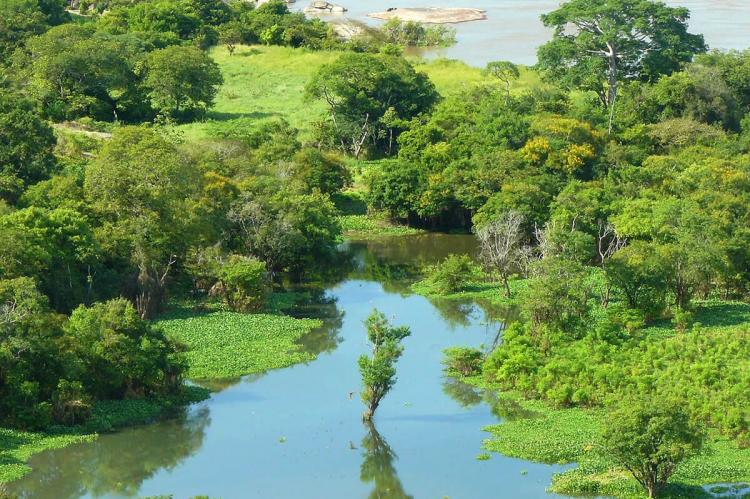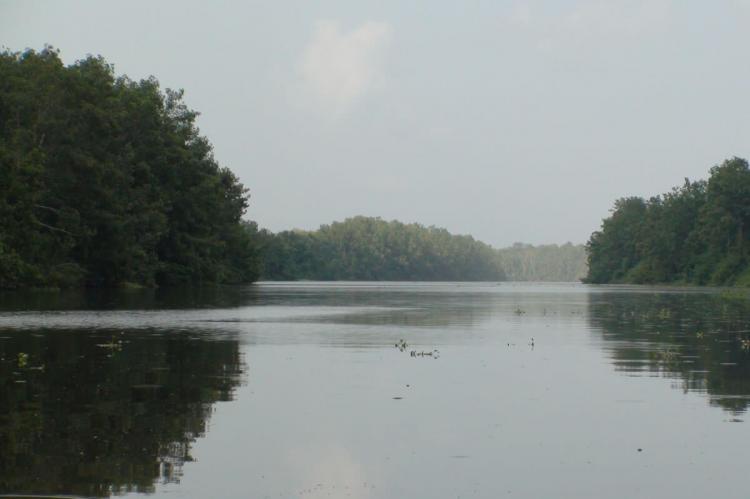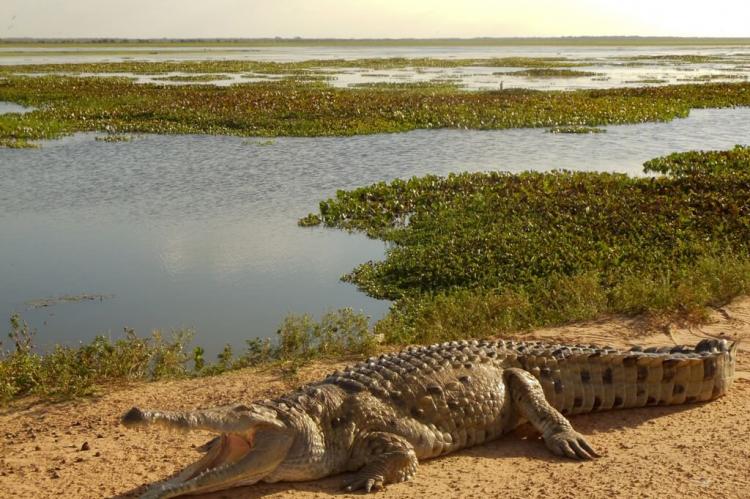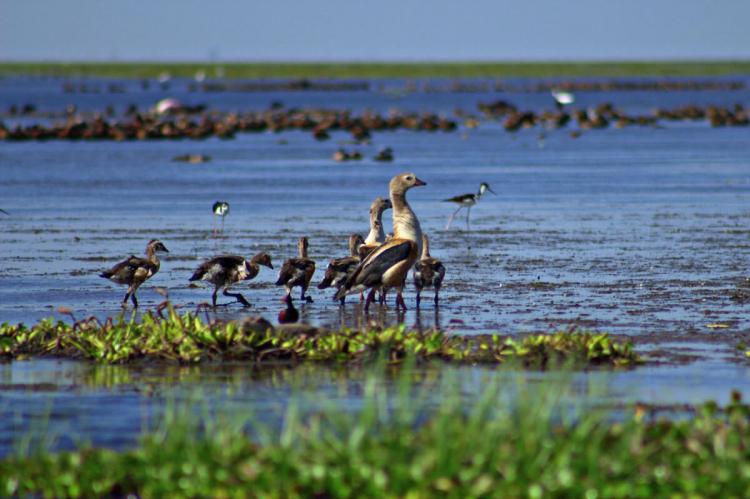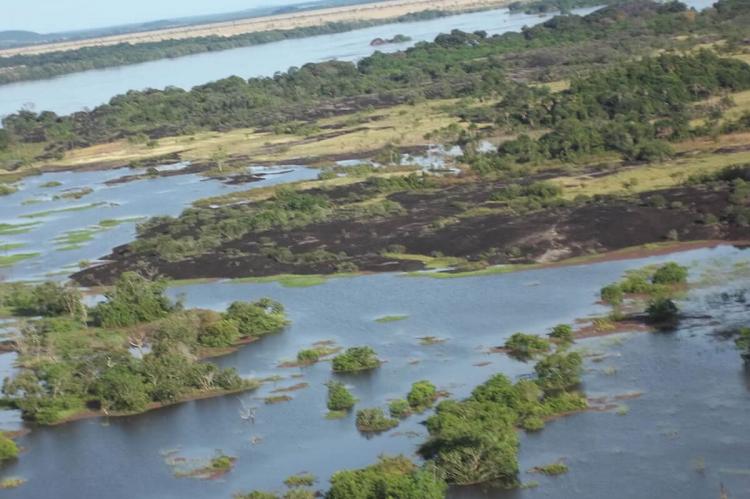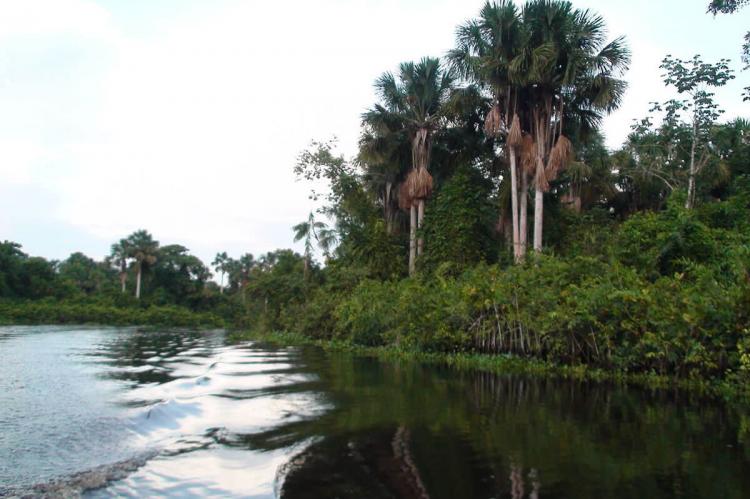The Delta del Orinoco: A Biological Treasure Trove
Nestled in northeastern Venezuela, the Delta del Orinoco Biosphere Reserve and its associated national parks form a vast and diverse ecosystem. This region represents a unique confluence of terrestrial, aquatic, and marine environments harboring an extraordinary array of flora and fauna.
The Delta del Orinoco: A Biological Treasure Trove
Nestled in the northeastern corner of Venezuela, the Delta del Orinoco Biosphere Reserve and its associated national parks form a vast and diverse ecosystem of immense ecological and cultural significance. Designated as a biosphere reserve by UNESCO in 2009, this region represents a unique confluence of terrestrial, aquatic, and marine environments, harboring an extraordinary array of flora and fauna.
The Biosphere Reserve and National Parks
The Delta del Orinoco Biosphere Reserve
Established in 2009, the Delta del Orinoco Biosphere Reserve spans an impressive 1,125,000 hectares (2,780,000 acres), making it the largest protected area within the delta region. It encompasses the protected core zones, buffer areas, and transition areas, offering a comprehensive approach to conservation.
Delta del Orinoco National Park
At the heart of the reserve lies the Delta del Orinoco National Park, covering an area of 331,000 hectares (818,000 acres). This park serves as a sanctuary for the region's most fragile and biodiverse ecosystems, safeguarding them from human encroachment and exploitation.
Turuïpano and Mariusa National Parks
Complementing the Delta del Orinoco National Park are the Turuïpano and Mariusa National Parks. The Turuïpano National Park, spanning 72,600 hectares (179,400 acres), protects the northern extent of the delta region. The Mariusa National Park covers 265,000 hectares (655,000 acres) along the northern coastal delta, including the smaller outliers of the ecoregion along the Maracao River.
Geomorphology and Hydrology
The Orinoco Delta: A Dynamic Ecosystem
The Orinoco Delta is a highly dynamic and complex fluvial-marine sedimentary basin formed during the Holocene epoch. Its sediments are primarily deposited by the mighty Orinoco River, along with contributions from other rivers and currents draining from the surrounding plains. This intricate network of waterways has created a mosaic of mangroves, swamp forests, moist forests, grasslands, and shallow aquatic ecosystems.
A Labyrinth of Channels
A series of fluvial and tidal channels crisscross the delta, dividing the vegetation into a patchwork of distinct habitats. These channels play a crucial role in shaping the landscape and facilitating the exchange of nutrients and species between the terrestrial and aquatic realms.
The Orinoco Delta Ecoregion
The Delta del Orinoco Biosphere Reserve and its associated national parks are part of the larger Orinoco Delta Swamp Forests ecoregion, which extends across the coastal plains of northwestern Venezuela and northeastern Guyana. This ecoregion is characterized by a unique blend of terrestrial and aquatic ecosystems, including:
Swamp Forests
As the name suggests, the Orinoco Delta Swamp Forests ecoregion is dominated by extensive swamp forests that thrive in the delta's constantly inundated or seasonally flooded delta areas. These forests are adapted to fluctuating water levels and play a crucial role in regulating water flow, preventing erosion, and providing habitat for a wide range of species.
Flooded Grasslands (Orinoco Wetlands)
Adjacent to the swamp forests are the Orinoco Wetlands, which consist of vast expanses of flooded grasslands. These wetlands are an essential breeding ground for many aquatic species and serve as a stopover for migratory birds, contributing to the region's remarkable avian diversity.
Mangrove Forests
Along the coastal fringes of the delta, mangrove forests thrive in the brackish waters where the Orinoco River meets the Caribbean Sea and the Atlantic Ocean. These unique ecosystems act as natural barriers against coastal erosion and storm surges while providing nursery habitats for various marine species.
The Orinoco Delta Swamp Forests ecoregion is a remarkable example of nature's resilience and adaptability, where diverse ecosystems coexist and support an incredible array of life forms. Venezuela safeguards its biological wealth and the vital ecological services these ecosystems provide by protecting this ecoregion through the Delta del Orinoco Biosphere Reserve and its national parks.
Biodiversity: A Spectacle of Life
Flora
The Delta del Orinoco region boasts a remarkable diversity of plant life, with over 2,000 species documented within its boundaries. Among the dominant species are Machaerium lunatum, Motrichardia arborescens, Ludwigia spp., Mikania congesta, and various bignoniaceas climbers. Additionally, floating prairies formed by Eichhornia crassipes and E. azurea add to the region's botanical richness.
Fauna
The terrestrial and aquatic ecosystems of the Delta del Orinoco are home to a wealth of animal life, including:
- Mammals: Over 151 species, such as the endemic Dasyprocta guamara (a type of agouti).
- Birds: A staggering 464 species, including the endemic Picummus nigropunctatus (a type of woodpecker) and Dendrocincla fuliginosa deltana (a type of woodcreeper).
- Reptiles: 76 species, including the endemic Anolis deltae (a type of anole lizard).
- Amphibians: 39 species.
- Fish: 210 species, supporting a thriving fishing industry.
Invertebrates
The Delta del Orinoco is also home to many invertebrates, which are essential food sources and economic resources for local communities. These include mollusks like Crassostrea virginica (oyster), Melongena melongena, and Pomacea ursus (guarura), as well as crustaceans such as shrimps (Macrobrachium carcinus, Macrobrachium surinamicum, Macrobrachium amazonicum) and crabs (Litopenaeus schmitti and Xiphopenaeus kroyeri).
Indigenous Communities and Resource Utilization
The Warao People
The eastern delta region has the most indigenous Warao settlements, comprising approximately 20,000 inhabitants. These communities have traditionally relied on the delta's abundant resources for their livelihoods, engaging in fishing, hunting, forestry product harvesting, and handicraft production.
Sustainable Resource Management
The Delta del Orinoco Biosphere Reserve and its associated national parks play a vital role in ensuring these resources' sustainable management and utilization. By striking a balance between conservation and traditional practices, the reserve aims to preserve the region's ecological integrity while allowing indigenous communities to maintain their cultural traditions and ways of life.
Conclusion
The Delta del Orinoco Biosphere Reserve and its national parks represent a unique and invaluable ecosystem where the forces of nature have sculpted a landscape of unparalleled beauty and diversity. From the intricate network of waterways to the rich tapestry of flora and fauna, this region stands as a testament to the incredible biodiversity that thrives in Venezuela. By safeguarding this natural treasure, we protect a vital ecological resource and ensure the preservation of indigenous cultures and traditions that have coexisted with this environment for centuries.
